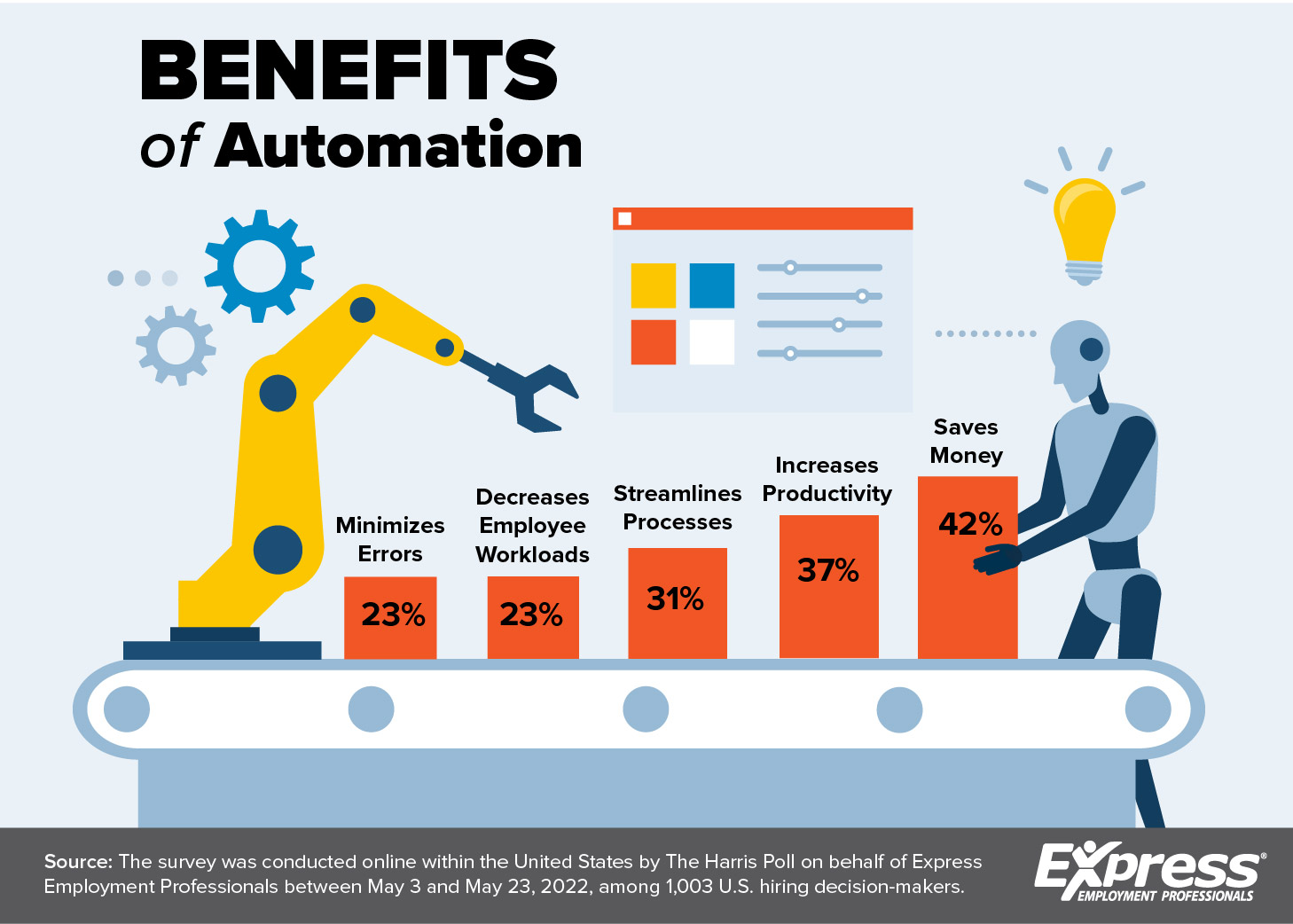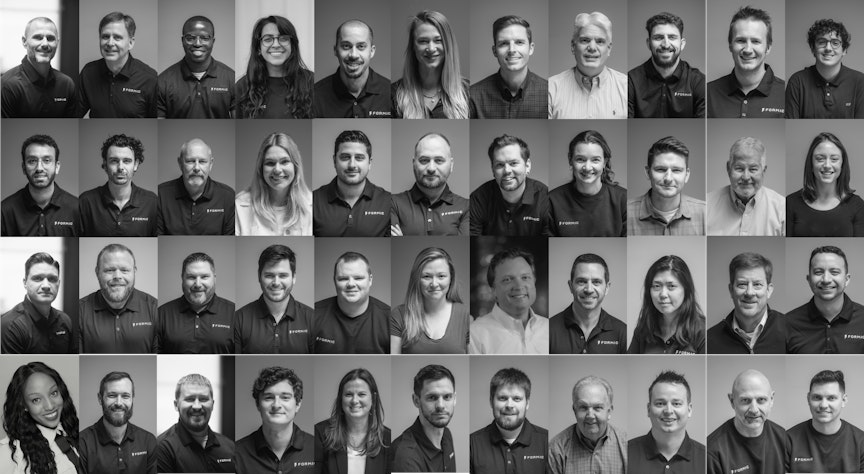The Advantages of RaaS Automation in End-of-Line Packaging and Palletizing
In manufacturing and logistics, end-of-line operations are efficient and cost effective in ensuring products are packaged and ready for shipment. Traditionally, these operations have relied heavily on manual labor. However, with advancements in robotics technology, many companies are transitioning to using robots for their end-of-line automated packaging and palletizing processes. Using robotics in these operations, including automated palletizer robots, automated case packing robots, and automated case erecting robots have gained popularity to throughput on the floor and profitability on the bottom line. Determining the best way to introduce robotic automation to the end of your production line depends on your long term needs. Robots as a Service (RaaS) provides financial and production flexibility while owning industrial packing and stacking robots can be effective for static and multi-year production runs of limited variability. Understanding the different options and the performance capabilities of the latest robotic case packer and palletizing systems is critical to finding the right solution for your business.
Benefits of using robotics in automated end-of-line packaging
Incorporating robotics into end-of-line packaging offers several advantages for businesses. It significantly increases efficiency and profitability by automating repetitive tasks and reducing errors. Additionally, it lessens the workload on employees, allowing them to focus on more valuable tasks. Robotic case packers, including automated case packing robots, are versatile and intelligent, handling various product types and configurations. This versatility leads to cost savings on workstations and increased productivity. Facilities using robotics improve worker skill sets as they learn to operate and interact with these advanced technologies. Lastly, robots provide a solution for labor shortages and rising production demands, especially for small businesses (SMBs) and mid-market companies that are heavily impacted by employee churn and varying customer packaging requirements.
Benefits of using robotics in automated end-of-line palletizing
Similarly, incorporating robotics into end-of-line palletizing brings several benefits. One main advantage is the increase in productivity without the need for additional labor costs. Automated palletizer robots can efficiently stack and organize products on pallets in a wide array of configurations, reducing the risk of broken bags, packages, and stacks. This results in more secure pallet loads and reduces the chance of damage during shipping. Moreover, robots can work continuously without breaks for multiple shifts, leading to higher throughput and lower labor costs, ultimately improving a business's profitability and safety record, as the repetitive lifting and twisting is performed by robots instead of people. The employees that formerly performed these tasks can be redeployed to other critical parts of the line to further improve production performance.

Benefits of Robots as a Service (RaaS) in end-of-line operations
Robots as a Service (RaaS) provides a flexible and scalable solution for businesses in end-of-line operations. With RaaS, companies can access the latest robotics technology, including automated palletizer robots, automated case packing robots, and automated box building robots (sometimes called case erecting robots), without the need for large upfront costs or long-term financial commitments. This allows businesses to adjust their robotic capabilities based on changing production needs. Additionally, RaaS includes expert support and maintenance, ensuring optimal performance of the robotic systems. By outsourcing the robotics aspect of their operations, businesses can focus on their core activities and leave the technical aspects to the experts. Furthermore, RaaS offers predictable costs, making budgeting and financial planning easier for businesses. Finally, palletizing robots are an ideal place to start for SMB and mid-market businesses that are introducing robotics into their facilities for the first time. The systems provide an easy way for the production line employees to get used to working around robotic equipment and are comparably very easy to deploy into an end of line case stacking process. The production team can level up their skills through training on the easy to understand human-machine-interface offered by RaaS suppliers. These simple systems pave the way for team acceptance of more complex deployments up the line - setting up the business for future success..
Drawbacks of owning industrial robots in end-of-line operations
While owning industrial robots, including palletizer robots, case packer robots, and carton erecting robots, may seem appealing, there are several drawbacks to consider if you plan to buy industrial robots outright. First, the high upfront costs and long-term commitments can pose a financial burden for businesses, especially SMBs. Additionally, operating and maintaining industrial robots requires skilled workers, which can be difficult to find and retain. Owning robots carries the risk of obsolescence and lack of flexibility as production needs change over time. At the same time technology advances continue, with newer and more advanced robots becoming available, making older models less efficient or even obsolete. Maintenance and downtime can also impact productivity, as any issues or breakdowns may require significant time and resources to resolve. Lastly, adapting to changing business needs can be challenging with owned robots, as they may not have the flexibility to handle new products, skus, or packaging configurations.
Conclusion
Incorporating robotics into end-of-line packaging and automated palletizer operations, including the use of automated palletizer robots, automated case packing robots, and automated box building robots, offers numerous benefits for businesses. However, the decision between owning industrial robots and opting for Robots as a Service (RaaS) requires careful consideration. While owning robots provides control and ownership, the associated costs, maintenance challenges, operational expertise requirements, and lack of flexibility can outweigh the benefits. On the other hand, RaaS offers flexibility, scalability, expert support, and predictable costs, making it an attractive option for many businesses. For expert advice and guidance on the best automated case packers and automated palletizer equipment, the specialists at Formic are among the most experienced in the industry. Setup your meeting with the team today to learn how you can benefit from RaaS solutions driving the scale and growth of your business.
Download the Free Guide: How to Get Started with Robotic Automation
Automating with Formic, the only question manufacturers need to ask themselves is: what repetitive manual tasks can be automated in my facility right now?


